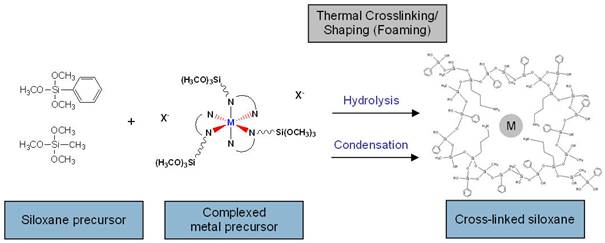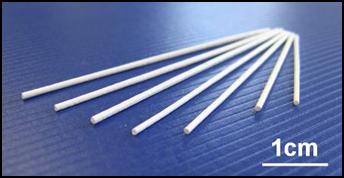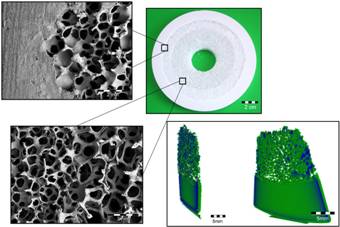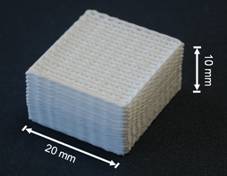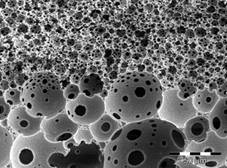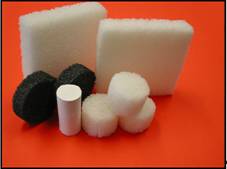Sol-gel Chemistry for Functional Materials
Monomeric and oligomeric siloxane precursors are used to modify surfaces of oxidic ceramic or to prepare three-dimensional polysiloxane networks, which exhibit ion exchange properties or act as starting material for thermal conversion to highly porous hybrid materials. Cross-linking of alkoxy siloxanes is performed via hydrolysis/condensation mechanism, whereby the structure of the network (e.g. branched or chain-like) can be influenced by the use of catalysts or by temperature, respectively. If the precursor contains a thermally degradable blowing agent cross-linking and foaming can be adjusted to take place at the same time leading to macroporous foam structures. For the preparation of metal containing siloxanes with a homogenous distribution of metal ions are siloxanes used with functionalised organic groups to complex the ions prior to cross-linking. By a subsequent pyrolysis step under an atmosphere of inert gas these sol-gel derived materials are converted to hybrid materials or SiOC ceramics with high specific surface areas and embedded metallic nanoparticles



